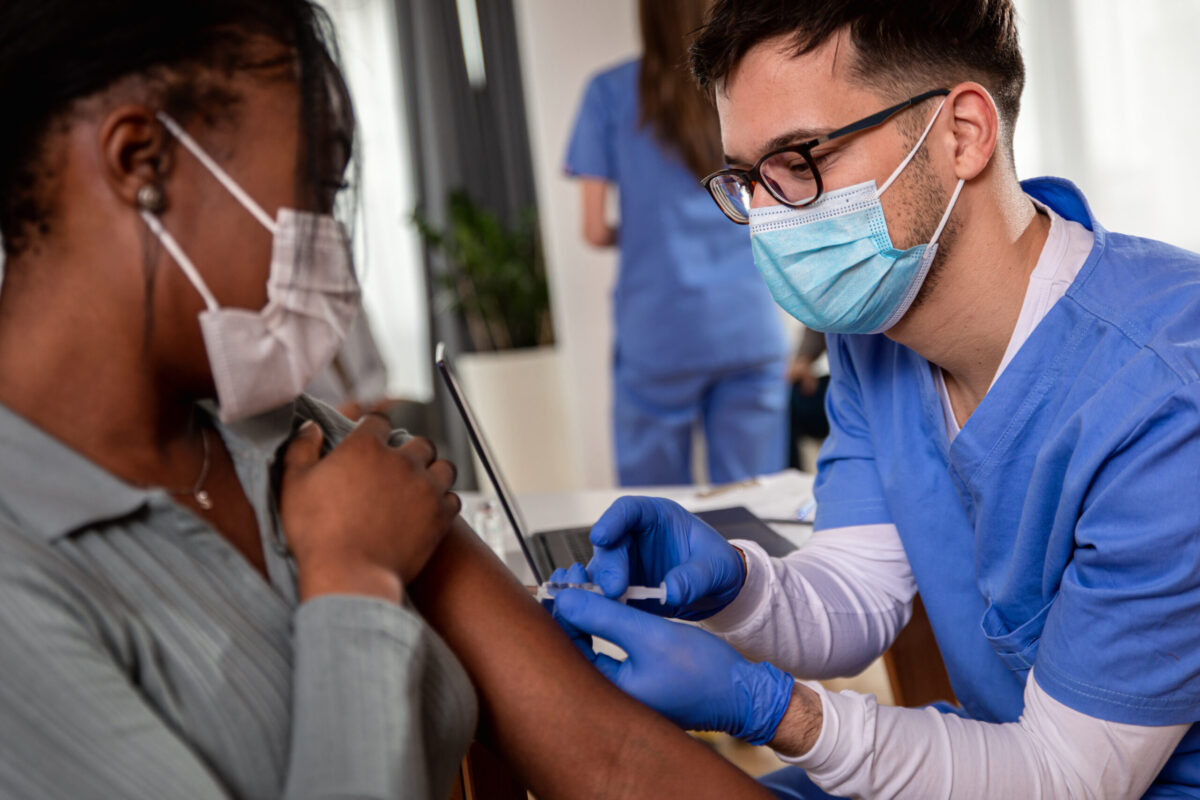The state of Florida now requires labs to provide cycle threshold data on COVID tests, but one of the laboratories that perform COVID tests for the Unified Government of Wyandotte County refuses to even discuss the cycle threshold they use in their tests.
The Sentinel obtained a table from Clinical Reference Laboratory in Lenexa, which appears to include cycle threshold information, but CRL, through spokeswoman Mary Berlin, has refused to explain the table or even explain what cycle threshold they are using.
The Sentinel sent the table to Berlin two weeks ago and received no reply. Reached by telephone on Dec. 7, 2020, Berlin said she was not allowed to divulge any information contained in the table, or indeed any information about the lab’s testing protocol, but simply referred the Sentinel to CRL’s FDA Emergency Use Authorization.
The cycle threshold references the number of times a bit of genetic matter must be copied and amplified by the testing equipment to identify active virus material. The higher the cycle threshold needed to identify COVID, the less infectious a person is; some virologists say results above 35 cycles are ‘false positives.’
 The CRL table appears to list cycle thresholds as high as 45. There are categories of 1-39.99, 40 to 44.99, and greater than 45. The email containing the table didn’t explain those parameters or the associated interpretation codes (DET, IND, and NDD, respectively).
The CRL table appears to list cycle thresholds as high as 45. There are categories of 1-39.99, 40 to 44.99, and greater than 45. The email containing the table didn’t explain those parameters or the associated interpretation codes (DET, IND, and NDD, respectively).
Director of the National Institute of Allergy and Infectious Diseases Dr. Anthony Fauci says the cycle threshold should be 34 or below.
“If you get a cycle threshold of 35 or more, the chances of it being replication-competent are minuscule,” Fauci said at roughly the four-minute mark of this video. ‘Replication competent’ means particles capable of infecting cells and replicating to produce additional infectious particles.
Later in the interview, Fauci says labs initially only report ‘positive’ or ‘negative’ but they will provide the cycle threshold level upon request. CRL flatly refused our request before hanging up.
The Kansas Department of Health and Environment says the cycle threshold on its most commonly used test is 42 and many private labs have thresholds set far above 35 — including Quest Diagnostics at 40 and LabCorp at 38.
CRL’s Emergency Use Authorization issued July 30 does not speak to cycle threshold but does require that, in exchange for the EUA, CRL is required to report all false positives or negatives to the FDA.
Not just Wyandotte County
KDHE likewise appears to have no interest in obtaining and sharing cycle threshold data.
Kansas Policy Institute (parent company of the Sentinel) CEO Dave Trabert sent a Kansas Open Records Act (KORA) request, asking for cycle threshold data.
“The KDHE KORA officer responded to our request for cycle threshold data, saying the labs do not provide that information to the state,” Trabert wrote in an email to KDHE Secretary Dr. Lee Norman on Nov. 2, 2020. “So we’re writing to ask if you will obtain the data from them and share it with the public.
“It is critical to know how many of the reported positive results may not be contagious or ‘replication-competent’ but contributing to the extraordinary emotional and economic consequences, including suicides and attempted suicides, related to COVID-induced isolation and economic consequences.”
A week later, despite a return receipt indicating that the email had been received, neither Norman nor any KDHE spokesperson has responded; the governor’s office was copied and also failed to respond.
Florida requires release
Meanwhile, the Florida Department of Health and Florida State Surgeon General Dr. Scott A. Rivkees are requiring all labs to release cycle threshold data.
On Dec. 3, FDOH issued a memorandum requiring all Florida laboratories doing COVID testing to “begin reporting this information to FDOH within seven days of the date of this memorandum,” and if the “laboratory is unable to report CT values and their reference ranges, please fill out the brief questionnaire attached to this memorandum.”
Additionally, Florida is requiring “all positive, negative and indeterminate COVID-19 laboratory results must be reported to FDOH via electronic laboratory reporting or by fax immediately. This includes all COVID-19 test types—polymerase chain reaction (PCR), other RNA, antigen and antibody results.”
Cycle threshold data is important
Dr. Michael Mina, an assistant professor of epidemiology at both Harvard Medical School and the Harvard T.H. Chan School of Public Health, told Harvard Magazine that reporting people positive on tests with a high cycle threshold are “false positives.”
“Tests with thresholds so high may detect not just live virus but also genetic fragments, leftovers from infection that pose no particular risk,” Mina said. “Akin to finding a hair in a room long after a person has left.”
One maker of the COVID PCR test, Bioningentech, offers guidance quite similar to those in a New York Times article, which points to oversensitive tests nationwide. Cycle thresholds between 12 and 36 are considered positive; results between 36 and 40 cycles are considered marginally positive, and anything over 40 cycles is considered negative.
“Any test with a cycle threshold above 35 is too sensitive, agreed Juliet Morrison, a virologist at the University of California, Riverside. “I’m shocked that people would think that 40 could represent a positive,” she said.
“A more reasonable cutoff would be 30 to 35, she added.
Dr. Mina said he would set the figure at 30, or even less.
“Those changes would mean the amount of genetic material in a patient’s sample would have to be 100-fold to 1,000-fold that of the current standard for the test to return a positive result — at least, one worth acting on.”



